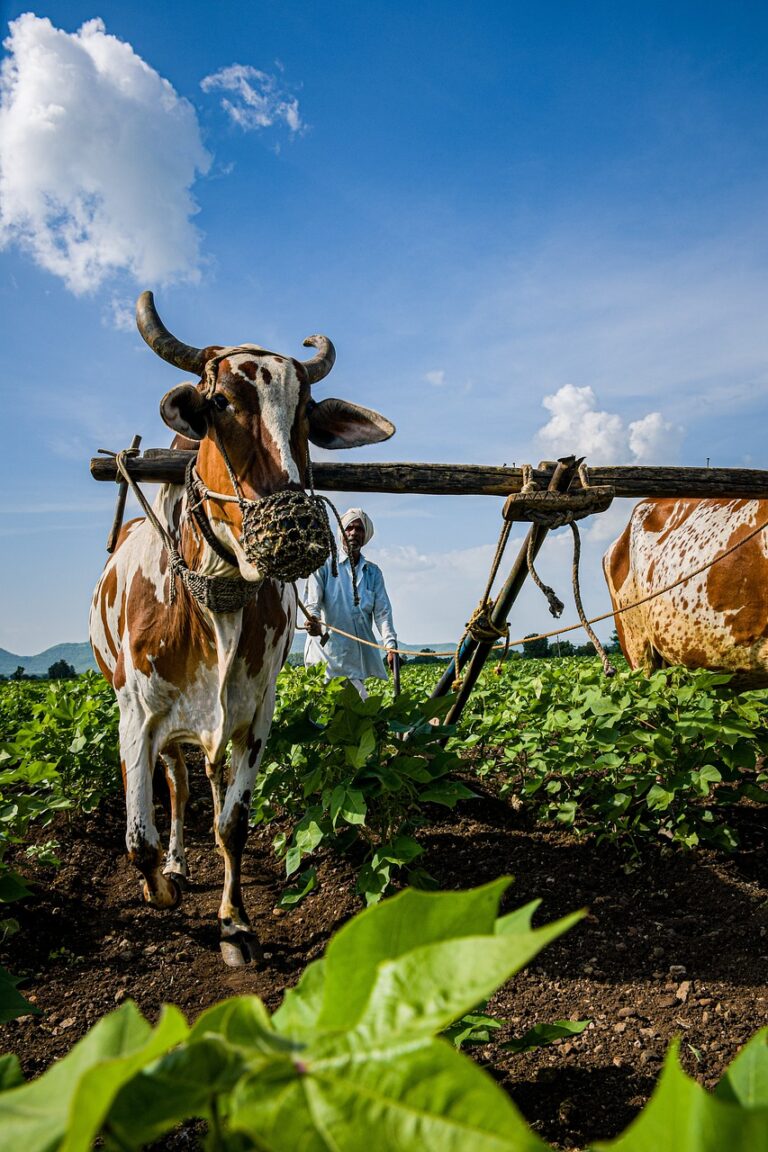
Geneva: The World Health Organization (WHO) has made an official request to China for detailed information on an increase in respiratory illnesses and reported clusters of pneumonia in children.
WHO today recalled that at a press conference on November 13, 2023, Chinese authorities from the National Health Commission reported an increase in incidence of respiratory diseases in China. Chinese authorities attributed this increase to the lifting of COVID-19 restrictions and the circulation of known pathogens such as influenza, mycoplasma pneumoniae (a common bacterial infection which typically affects younger children), respiratory syncytial virus (RSV), and SARS-CoV-2 (the virus that causes COVID-19). Authorities stressed the need for enhanced disease surveillance in healthcare facilities and community settings, as well as strengthening the capacity of the health system to manage patients.
On November 21, media and ProMED reported clusters of undiagnosed pneumonia in children in northern China. It is unclear if these are associated with the overall increase in respiratory infections previously reported by Chinese authorities, or separate events.
On November 22, WHO requested additional epidemiologic and clinical information, as well as laboratory results from these reported clusters among children, through the International Health Regulations mechanism.
“We have also requested further information about recent trends in the circulation of known pathogens including influenza, SARS-CoV-2, RSV and mycoplasma pneumoniae, and the current burden on health care systems,” WHO stated. It said it was also in contact with clinicians and scientists through its existing technical partnerships and networks in China.
Since mid-October 2023, northern China has reported an increase in influenza-like illness compared to the same period in the previous three years. China has systems in place to capture information on trends in influenza, influenza-like illnesses, RSV, and SARS-CoV-2, and reports to platforms such as the Global Influenza Surveillance and Response System.
While WHO sought this additional information, it recommended that people in China followed measures to reduce the risk of respiratory illness, which included recommended vaccination; keeping distance from people who were ill; staying home when ill; getting tested and medical care as needed; wearing masks as appropriate; ensuring good ventilation; and regular hand-washing.
– global bihari bureau





